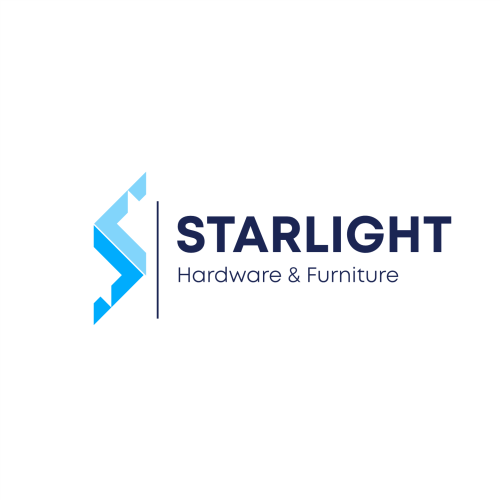Ever watched your shipment sit idle at the port? It usually happens because someone skipped a vital certification.
Customs officers won’t bat an eye when your smart lock’s smooth metal housing lacks a safety certificate (proof it passed essential tests) or an IP rating (water-sealing grade). Without these badges, your shipment sits for days, and your customers get jittery.
Want a secret? A missing badge can tie up your whole fleet.
In this guide, you’ll get the lowdown on the seven must-have smart lock certifications. We’ll cover everything from CE marking (a European safety stamp) to Bluetooth SIG qualification (official Bluetooth approval). With this checklist, you’ll dodge fines, breeze through customs, and hear that reassuring click on install day.
Let’s dive in.
7 Certifications You Should Know When Importing Smart Locks
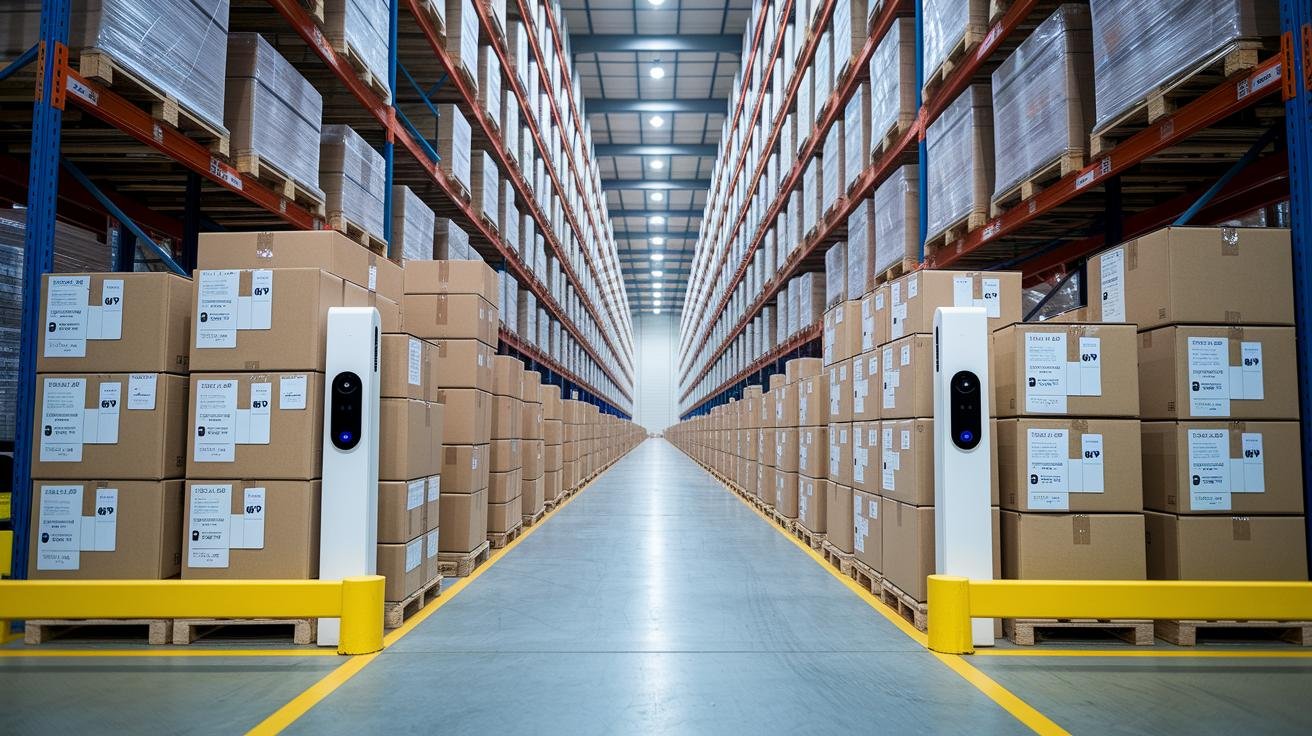
When you bring smart locks through customs, you need seven key marks on the box. They cover safety rules, radio limits, toxic materials, weather resistance, and wireless standards. Miss one, and customs can hold your shipment or hit you with fines. Not fun.
Here are the big six marks:
- CE Mark (shows it meets European safety rules and resists electromagnetic interference).
- FCC Certification (a U.S. radio test under Part 15 of Title 47 CFR that stops signal jams).
- UL Listing (safety check under UL 62368-1 for overloads, short circuits, and fire risk).
- RoHS Compliance (limits lead, mercury, cadmium, chromium, PBB, and PBDE so EU customs waves you through).
- IP Rating (rates dust and water sealing on a 0–6 solid and 0–8 liquid scale; like a rain-or-dust test).
- Bluetooth SIG Qualification (certifies Bluetooth Low Energy (BLE) pairs smoothly and clears wireless checks).
Starlight Smart Locks carry every major badge right on the box’s sleek metal faceplate. As a trusted smart lock manufacturer China, Starlight Hardware knows how to fast-track your import and global market compliance.
Want to know a secret? Picking pre-certified locks saves you tons of hassle.
Shipping to Vietnam? You’ll sidestep penalties under Decree No. 43/2017 and Decision No. 3810/QD-BKHCN.
Now you’re set to import with confidence. A reassuring click awaits.
CE Marking and European Import Requirements for Smart Locks
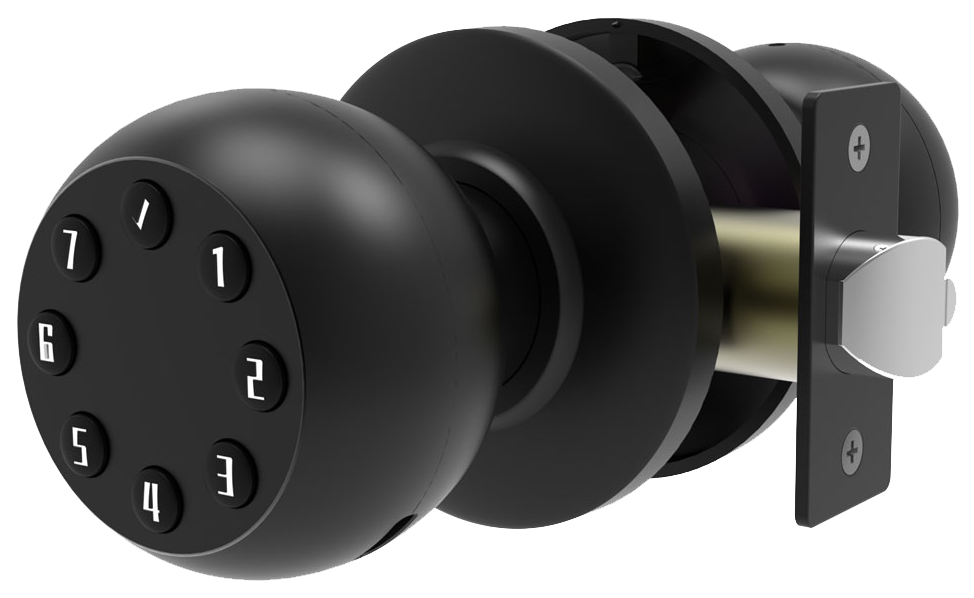
Getting CE marking on your smart lock is like slipping on a safety helmet. It shows you passed the Low Voltage Directive (2014/35/EU) and the EMC Directive (2014/30/EU). An independent lab tests things like power handling, short-circuits, and radiated immunity (resistance to signal interference). It also smooths customs checks across EU borders. So keep your test reports and paperwork in your carry-on at border control.
CE Marking Process
First, pick a Notified Body (an approved lab) such as Intertek or TÜV Rheinland. Then you make a test plan for electrical safety, electromagnetic compatibility (EMC, checking for signal interference), and proper product labeling. Your technical file is your lock’s storybook. It needs circuit diagrams, risk assessments (lists of potential hazards), component specs, software details, and all lab reports. Next, sign a Declaration of Conformity (a promise your lock follows EU rules). Label each unit with the product name, importer name and address, country of origin, and your EU authorized representative. Even if a soft LED glow lights the smooth metal faceplate, the CE mark must stay front and center.
UKCA Transition
Since January 2023, the UK charted its own course with UKCA (UK Conformity Assessed) marking. The tests are the same, but your label switches to UKCA instead of CE. Packs printed before the cut-off can show CE through 2024 if they meet the rules. After that, you’ll need new manuals and packaging with UKCA, a UK importer address, and local rep info. Starlight Smart Locks feature both CE and UKCA on packaging and user guides, so you’re ready on either side of the Channel as a trusted CE/FCC certified smart locks manufacturer.
FCC Approval Process for Wireless Smart Lock Imports
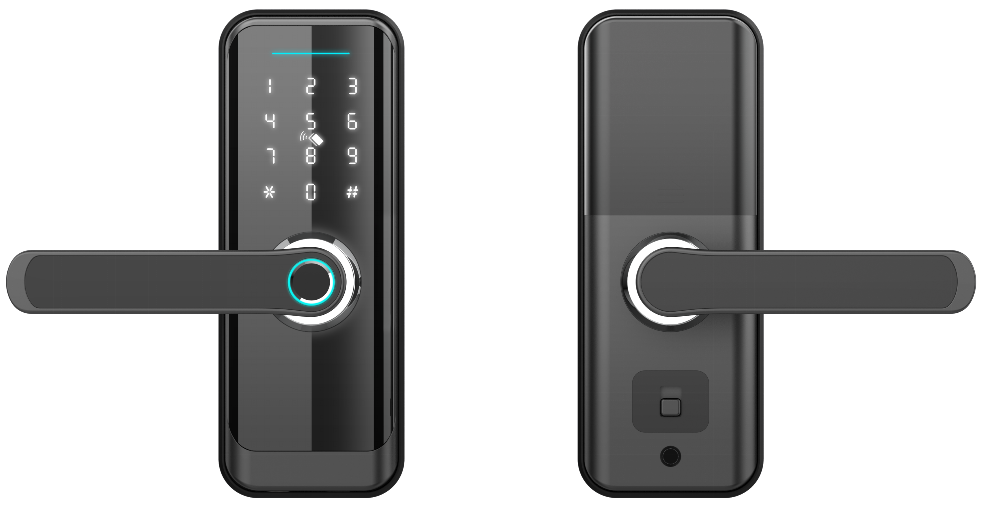
So, here’s how we get our smart locks ready for American homes.
First, the FCC (Federal Communications Commission) checks any device that sends radio signals without a license. Our Wi-Fi and Bluetooth radios need to pass emissions tests (they measure stray signals). Tests happen at an FCC-accredited lab. They make sure our locks don’t mess with aircraft radios or hospital gear.
When the lab sends back the reports, we file them with the FCC. Then they give us an FCC ID (an alphanumeric code). We engrave that ID on the lock’s smooth metal faceplate and note it in the user manual. Customs officers or port inspectors can scan it to make sure the lock is good to go.
Next up, if we use Bluetooth Low Energy (BLE) (low-power Bluetooth), we get Bluetooth SIG qualification. This proves our lock pairs easily with phones, tablets, or other BLE devices. It means fewer “Why won’t this work?” moments for guests tapping their phones.
For a Wi-Fi chip, we often opt for Wi-Fi Alliance approval. It’s a Wi-Fi CERTIFIED seal (a mark that shows your Wi-Fi gear meets certain performance and security tests). It’s not required, but big hotels and businesses love that extra peace of mind.
And there you have it. Our Starlight Smart Locks leave the factory with the FCC ID printed right on that sleek faceplate and a Bluetooth SIG listing pre-loaded in the firmware.
Solid.
UL Listing and Safety Standards Compliance for Smart Locks
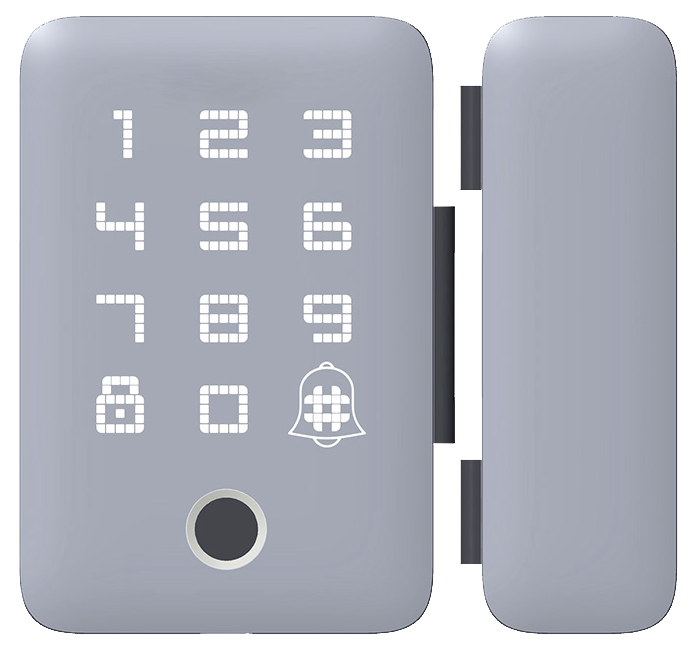
UL 62368-1 is like a safety rulebook for audio, video and IT gear. It focuses on electrical shocks and fire hazards. To earn a UL listing, we send smart lock samples to UL or Intertek labs for a round of tests. They might crank up the voltage or force an internal fault to see if wires get too hot or sparks fly.
- Overload testing (surge test that mimics sudden voltage jumps)
- Short-circuit testing (checks that internal wiring stays intact)
- Fire hazard analysis (records internal temperatures under fault)
- Electromagnetic compatibility testing (measures unwanted emissions and immunity)
Once a lock clears the trials, UL grants a file number. We then print the UL mark and that file number on the lock’s smooth metal faceplate, on the packaging, and in the user manual. That badge lets customs officers and buyers know this lock meets U.S. electrical and fire safety standards.
Solid peace of mind.
Starlight Smart Locks arrive UL listed right out of the box. Want to know a secret? That UL-certified status helps your imports glide through U.S. ports faster.
Plus, your customers see that reassuring UL badge the moment they tap their passcode or use the biometric fingerprint sensor (a reader that checks your unique fingertip pattern). It’s a soft LED glow of safety.
RoHS, REACH, and Environmental Compliance for Smart Lock Components
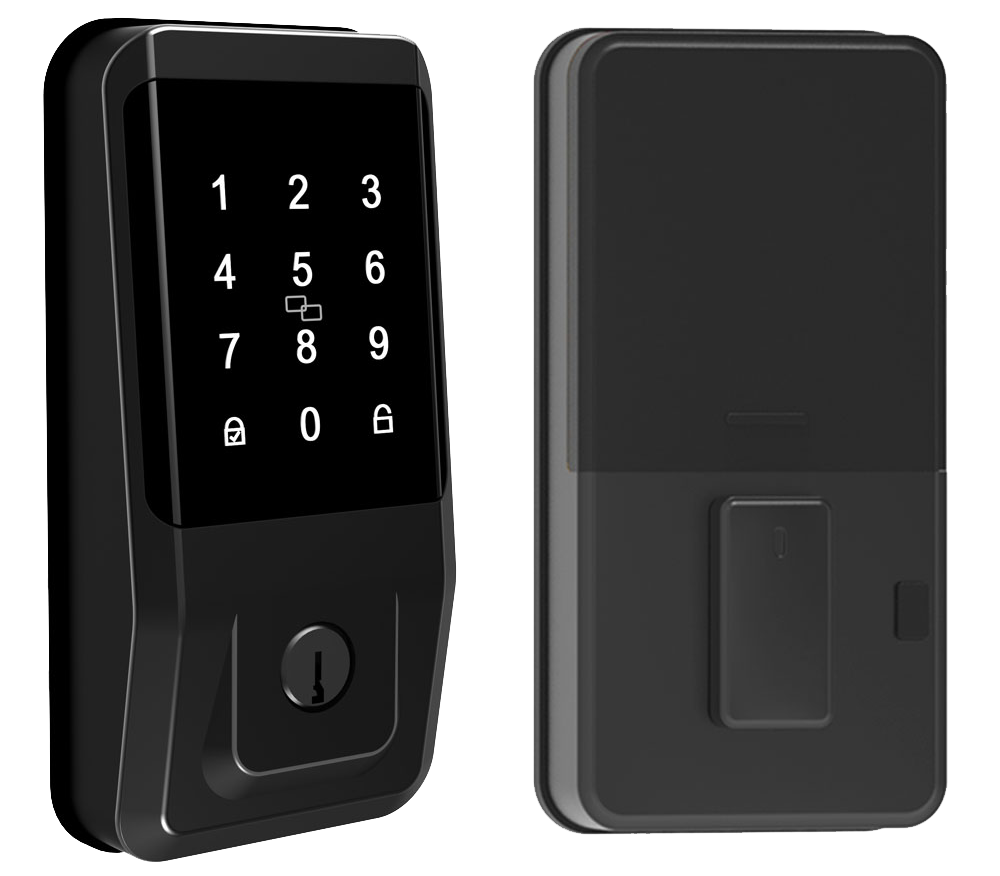
We take compliance seriously. Our locks meet RoHS 2 (Restriction of Hazardous Substances, an EU rule that limits six toxic materials in electronics). This keeps harmful stuff out of your home. Imagine the smooth metal faceplate and a reassuring click. You never have to worry about lead or mercury.
The six restricted substances include:
- Lead
- Mercury
- Cadmium
- Hexavalent chromium
- Polybrominated biphenyls (PBB)
- Polybrominated diphenyl ethers (PBDE)
Every circuit board, metal cover, and sensor goes through material analysis (a chemical check for banned elements). We get test reports and secure a RoHS declaration (proof your lock stays within EU limits).
Solid.
REACH (EC 1907/2006) covers chemicals of very high concern, or SVHC (substances of very high concern). If any SVHC tops 0.1 percent of a part’s weight, we register it and supply an SDS (safety data sheet) with hazards and handling tips.
Want to know a secret? We keep all this in one compliance dossier. It’s like a health record for your lock. It bundles lab certificates, RoHS declarations, REACH registrations, and SDS pages.
Always ready for customs checks or auditor visits. Exactly the peace of mind you deserve.
Region-Specific Certification Requirements and Variations for Smart Locks

Shipping a smart lock beyond Europe or North America means clearing local safety and radio checks before that smooth metal faceplate meets any door. Every country has its own favorite tests, some zero in on electrical safety, others on wireless performance, and a few even toss the lock into a heat chamber or a freezing wind tunnel. Think of it as an obstacle course, but for locks.
- China’s CCC mark asks for trials at a CCC-approved lab. They probe electric shock risk, fire hazards and EMC (electromagnetic compatibility) checks.
- Japan leans on TELEC certification under Technical Conformity rules. They track radiated power, frequency stability and stray emissions so your lock’s signal stays polite.
- Australia wraps EMC and electrical safety into its RCM (Regulatory Compliance Mark). Labs prod insulation, grounding and signal noise under AS/NZS standards.
- With the CB Scheme via IECEE, one lab test unlocks acceptance in 60+ countries. Less paperwork. More high-fives.
- The EAC mark covers Russia, Kazakhstan, Belarus and Armenia in the Eurasian Economic Union. It drills into mechanical wear, temperature swings and electric safety.
- Brazil’s ANATEL stamp makes sure every wireless module stays under RF (radio frequency) exposure limits and respects network rules.
Starlight Smart Locks roll in pre-tested for every one of these checkpoints, cutting weeks off approval timelines. You’ll have lab reports ready at customs and genuine peace of mind that our CE-certified craft (European Conformity) meets global standards. Solid.
Documentation, Testing Labs, and Best Practices for Smart Lock Compliance

Think of your technical file as the lock’s paper trail, it’s everything a border officer or auditor will want to see. You’ll need circuit diagrams (detailed electrical drawings), risk assessment (a list of possible hazards), component specs (part details), and reports from third-party labs. Keep them all in one sturdy folder or a secure digital vault so you can grab them in a snap.
Picking the right testing lab can really speed things up. Big labs, Intertek, TÜV Rheinland, SGS, run accredited trials for CE, FCC, UL, and RoHS. They cover electrical safety (making sure nothing shorts out), electromagnetic checks (to avoid signal clashes), material analysis, and emissions testing, all under one roof.
And don’t forget factory audits. They check your production line against ISO 9001 (quality management rules). Auditors peek at your process controls, track how you trace each part, and watch your final inspections. Nail this audit and you’ll dodge nasty surprises at customs.
Here are some best practices:
- Gather your full technical file before you ship any samples.
- Book lab time at least two months ahead, top labs fill up like the morning rush.
- Line up your factory audit right after your first prototypes roll off the line.
- Always add about 10% extra to your budget in case you need retests or small tweaks.
It’s smart to map out your timeline and costs early. CE usually takes 6 to 8 weeks. FCC runs about 4 to 6 weeks. UL can stretch to 8 to 12 weeks. RoHS lands in 4 to 6 weeks. Lab fees? Count on $3,000–$7,000 per certification mark, depending on how deep the tests go and your order size.
| Certification | Responsible Body | Typical Duration | Approximate Cost |
|---|---|---|---|
| CE | Notified Body (e.g., Intertek, TÜV Rheinland) | 6–8 weeks | $3,000–$7,000 |
| FCC | FCC-accredited Lab | 4–6 weeks | $3,000–$7,000 |
| UL | UL or Intertek | 8–12 weeks | $3,000–$7,000 |
| RoHS | Accredited Material Lab | 4–6 weeks | $3,000–$7,000 |
Hmm, before you dive in, run a pre-compliance test, that’s like a trial run at your lab. It catches hiccups early and keeps your project on schedule. Trust me. You’ll avoid pricey retests and import hold-ups.
Customs Clearance Procedures and Ongoing Compliance Monitoring for Smart Locks
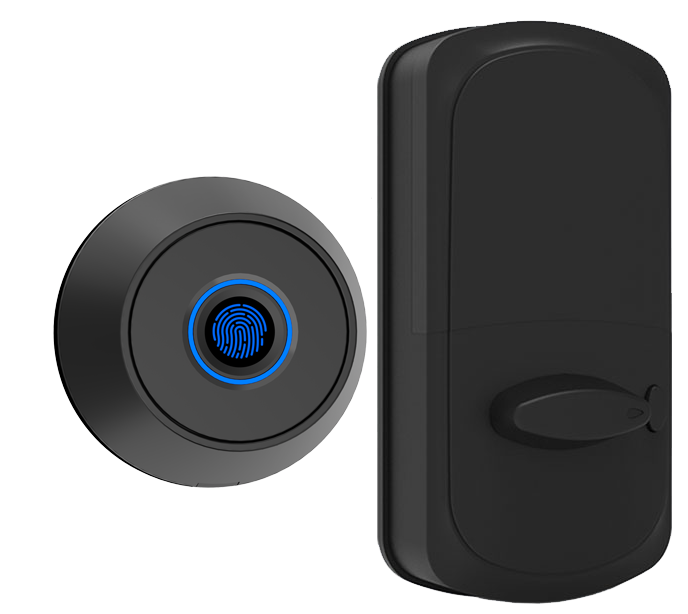
Every shipment needs the Harmonized System code 83014020. That code brings a 25 percent import duty and a 10 percent value-added tax on the Cost, Insurance, and Freight (CIF) value of your smart locks. So import duty = CIF × 0.25. And VAT = (CIF + import duty) × 0.10. A clear formula like this makes your freight costs feel less like a mystery. Solid.
First, log in to ECUSS5 (Vietnam’s online customs portal) and file your customs declaration. You’ve got 15 days from the day the shipment lands to get it done or risk a canceled declaration and growing penalties. Miss that deadline and your locks could sit in customs, collecting fines.
Gather these documents before you start:
- Commercial invoice
- Packing list
- Bill of lading
- Certificate of origin (for any special tariff rate)
- Declaration of Conformity
- Product labels that meet Decree 43/2017 (they must show product name, importer, origin, specs, safety warnings)
Wrong or missing labels under Decree 43/2017 can halt clearance or tack on fines up to three times the tax you owe. Customs officers peek inside every carton. No mislabeled box slips through their hands.
After you clear customs, store your technical files, lab reports, and audit records for at least five years. It’s not just busywork, it’s the proof you’ll need if anyone questions your lock’s origin or safety. You can pull it up fast, like grabbing a trusted tool from your toolbox.
Post-market surveillance keeps you ahead of problems. Think of it as spot-checking locks on store shelves: verify labels, test functions, and jot down what you find. See a defect or a label drift? Kick off a corrective action plan and alert the authorities. That way, you avoid surprise holds or product recalls.
Final Words
In the action, we covered global safety marks like CE and UL, wireless checks under FCC, RoHS and REACH limits, and customs rules for smooth imports.
We broke down lab testing, technical files, and Vietnam’s labeling measures.
All this helps you grasp Certifications You Should Know When Importing Smart Locks and avoid delays.
With Starlight Hardwares backing you with pre-certified locks and expert guidance, you’re set for seamless clearance and secure installations.
Onward to worry-free access control!
